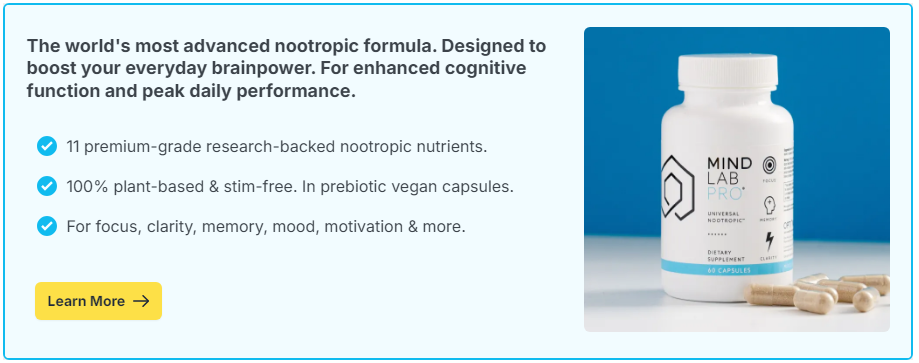
Have you ever been stuck on a problem that seemed impossible to solve? Maybe you tried thinking about it late into the night or discussed it with friends, only to come up empty-handed. The strategy of reverse thinking might be just what you need! This unique method involves looking at a problem upside down or from a completely different angle. Rather than fixing what’s broken, you imagine how it got broken. This fun approach can be surprisingly effective and even spark creativity.
Contents
What is Reverse Thinking?
Reverse thinking, also known as backward or inverse thinking, is a mental strategy that involves approaching a problem from the opposite direction of usual. Instead of asking how to achieve a goal, it asks how to avoid achieving it. For example, if you want to create a safe neighborhood, reverse thinking would have you brainstorm ways to make it less safe. Sounds strange, right? But sometimes, identifying the sources of a problem by thinking in reverse can highlight hidden opportunities and solutions that straightforward thinking misses.
This technique thrives on creativity and innovation. Companies like Google and Apple often utilize reverse thinking in brainstorming sessions to uncover fresh ideas. It’s not just about solving problems but discovering new ways of approaching tasks and strategies. It’s like turning the usual process on its head, pulling out unexpected insights, and allowing unorthodox solutions to emerge organically.
Steps to Practice Reverse Thinking
Identify the Problem Clearly
To start using reverse thinking, first grasp your issue clearly. Understand every aspect and collect as much information as possible. This groundwork helps open up meaningful avenues when you flip the perspective.
Reverse the Problem
Once you have a solid understanding, attempt to flip the problem. Ask yourself what you would do if you intended to create or exacerbate the problem instead. Jot down these thoughts without judgment.
Brainstorm Solutions
Now, look at the reversed scenarios you’ve listed. How can you turn these negative actions into positive ones? What solutions arise when cleared from traditional constraints? Don’t hesitate to think wildly here—some of the best innovations have sprung from unconventional ideas!
Test and Refine Your Solutions
With ideas identified, you can now choose a few that seem promising and test them in real-world scenarios. Watch how they perform, make necessary adjustments, and see how they fare against your original problem.
Supporting Reverse Thinking with Nootropics
Enhancing brain function and creativity can further support reverse thinking strategies. This is where nootropics come into play. Nootropics, also known as brain supplements, are substances believed to improve cognitive function, memory, creativity, or motivation in healthy individuals. They can support the mental flexibility that reverse thinking demands by boosting cognitive abilities and mental sharpness.
Common nootropics include substances like caffeine, L-theanine, and omega-3 fatty acids. These are often used to enhance focus, stamina, and overall brain health. While not magic pills, they can serve as a valuable boost, particularly when tackling problems that require creative thinking patterns. As always, it’s important to consult healthcare professionals before starting any new supplement regime to ensure they’re safe and suitable for you.
Functional Foods for Brain Power
Some foods are naturally rich in components that support brain health and can assist with reverse thinking by boosting cognitive capabilities. Foods like dark chocolate, blueberries, nuts, and seeds not only satisfy your taste buds but can also improve brain function by enhancing memory and overall mental health. Incorporating these into your diet can be a delicious way to support your quest for creative solutions.
Practical Applications of Reverse Thinking
Reverse thinking isn’t just a theory; it has practical applications in various fields. In education, educators can encourage students to explore what might cause them to fail a test and, through this understanding, identify strategies to improve their performance. Similarly, in business, reverse thinking can help in understanding competitors’ moves and beating them at their own game.
In personal life, consider using reverse thinking to manage stress or build better habits. For instance, if you want to develop a new habit, think about how you could prevent it. Understanding these pitfalls allows you to better plan ways to overcome them effectively.
Challenge Yourself with Reverse Thinking
Try exploring how reverse thinking can challenge and change your day-to-day problem-solving. Next time you face a dilemma, take a moment to flip it: think about it inside out and backward. It might just unlock the innovative solution you’ve been seeking.
While reverse thinking can feel peculiar at first, with a little practice, it often becomes a delightful exercise in creativity. Combined with a brain-friendly lifestyle, including regular exercise, a balanced diet, and possibly some nootropic support, your mind may discover abilities you never knew existed. Ready to flip the script and solve problems like never before?
Real-Life Success Stories Using Reverse Thinking
Many individuals and organizations have successfully utilized reverse thinking to achieve groundbreaking results. One notable example is the renowned toy company LEGO. When facing declining sales and increased competition, LEGO applied reverse thinking by looking at why their products might be unappealing to children. This unconventional approach led them to reinvent their product designs and marketing strategies, ultimately revitalizing and expanding their brand on a global scale.
Similarly, the hospitality industry pioneer, Airbnb, used reverse thinking during their early days. Instead of asking how they could increase their bookings, they focused on why potential hosts might be reluctant to list their spaces. By addressing these concerns and simplifying the hosting process, Airbnb significantly increased their listings and became a leader in the shared economy sector.
Embrace Reversal in Everyday Problem Solving
Integrating reverse thinking into everyday life doesn’t require complex analysis or extensive brainstorming sessions. Simple daily practices can help anyone harness this problem-solving powerhouse. For example, if you find yourself struggling to complete a task efficiently, consider what might slow you down and reverse those factors. Would eliminating specific distractions or restructuring your schedule pave the way to a more productive day?
Even small challenges, like struggling to maintain a tidy home, can benefit from reverse thinking. Instead of focusing solely on how to clean, consider why clutter accumulates in the first place. This insight can guide you toward preventative measures, such as creating better storage solutions or establishing daily tidying-up routines.

